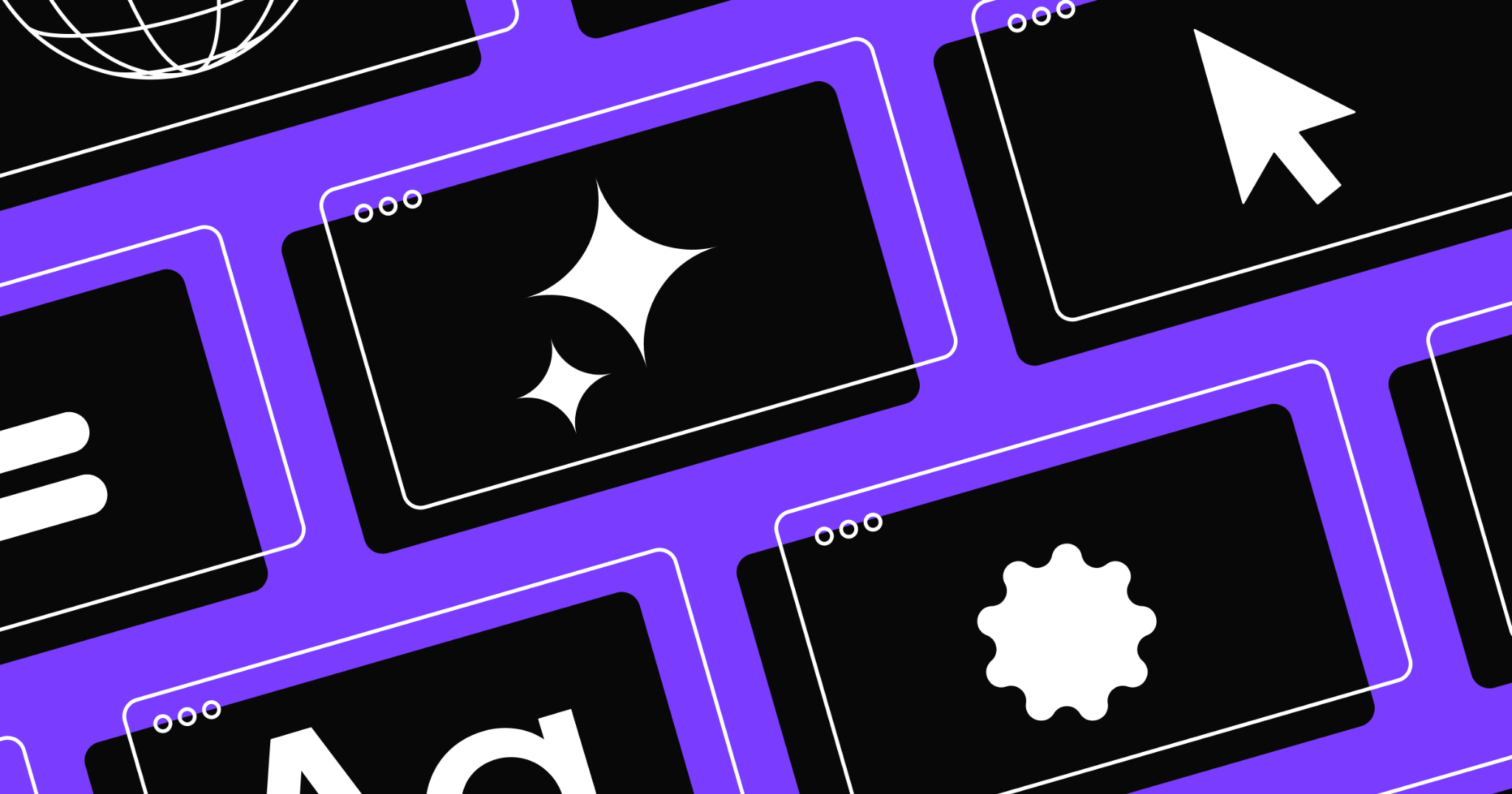In the ever-evolving realm of software development, the year 2024 promises to be marked by significant advancements and transformative trends. Let’s explore five key trends that are poised to shape the landscape of software development in the coming year.

Artificial Intelligence and Machine Learning Integration
Artificial Intelligence (AI) and Machine Learning (ML) are no longer just buzzwords; they are driving forces behind cutting-edge software development. These technologies are revolutionizing various industries by enhancing efficiency, performance, and functionality. From predictive algorithms to automated code reviews, AI and ML are becoming integral parts of software development processes.
One notable advancement in 2023 was the introduction of advanced features in ChatGPT, enabling capabilities such as code and text generation, as well as AI-driven image creation based on text prompts. Moreover, developers are increasingly leveraging AI-powered coding tools to expedite the coding process and minimize errors. For instance, GitHub’s Copilot uses AI to suggest code snippets and functions in real-time, streamlining development workflows.
In 2024, we can expect further advancements and integration of AI and ML technologies, particularly in automating text, coding, and visualization tasks. These technologies will continue to enhance efficiency and capabilities across various industries, ushering in a new era of intelligent software development.
Blockchain Beyond Cryptocurrencies
While blockchain technology initially gained prominence through cryptocurrencies, its applications are now extending far beyond digital currencies. The surge in mobile applications emphasizing enhanced security and quality has led to increased adoption of blockchain-based apps across various domains.
Blockchain-oriented software (BOS) systems offer essential characteristics such as data replication, requirement verification, sequential transaction logging, and public-key cryptography. These features ensure secure and verifiable transactions, making blockchain an attractive option for applications requiring enhanced security and transparency.
However, scalability and energy consumption remain challenges for broader blockchain adoption. Despite these limitations, the technology’s potential for revolutionizing various industries, including finance, healthcare, supply chain management, and beyond, continues to drive its exploration and implementation in diverse contexts.
Multi-Runtime Microservices
Microservices architecture, characterized by the development of small, independently deployable services, has been gaining traction in recent years. In 2024, this trend is expected to evolve further into multi-runtime microservices, also known as MACH architecture.
MACH architecture allows services to be written in different programming languages, utilize various data storage technologies, and be deployed on different runtime environments. This flexibility enables each service to operate in its ideal environment, optimizing performance and scalability. Additionally, multi-runtime microservices support a more agile development process, allowing teams to work on different services simultaneously without dependencies.
By leveraging the strengths of different technologies and platforms, multi-runtime microservices enable a tailored and optimized approach for each component of an application. This trend is poised to revolutionize software development by providing greater flexibility, scalability, and efficiency in building complex applications.
Cybersecurity at the Forefront
With the increasing sophistication of cyber threats, cybersecurity has become a critical aspect of software development in 2024. Companies are integrating advanced security protocols and leveraging AI for threat detection to ensure the security of their applications and data.
Emphasis is being placed on DevSecOps, where security is integrated into the entire software development lifecycle. The Zero Trust architecture, which operates on the principle of “never trust, always verify,” is replacing traditional perimeter-based security models. Additionally, there is a growing focus on encryption to protect data both in transit and at rest, as well as on training developers in secure coding practices.
The rise of cybersecurity mesh, a flexible and modular approach to security, is also notable. This approach enables each device to have its own security measures, creating a more responsive and adaptable security infrastructure capable of handling dynamic cyber threats effectively.
Expansion of Augmented Reality (AR) and Virtual Reality (VR)
Augmented Reality (AR) and Virtual Reality (VR) technologies are becoming more accessible and are experiencing increased demand across multiple industries. In education, AR and VR are transforming learning experiences by enabling interactive lessons and simulations. In healthcare, AR apps are assisting in vein identification and surgical planning, while VR is being used for medical training and patient education.
Businesses are also embracing AR and VR for purposes such as prototyping, staff training, and customer service. For example, in the real estate industry, VR is used to provide virtual property tours, while AR apps allow customers to visualize furniture or renovations in their spaces before making a purchase.
In 2024, we can expect further advancements in AR and VR technologies, including hyper-realistic simulations, expanded social VR platforms, and integration of AI to personalize user experiences. These technologies will continue to revolutionize various industries, offering immersive and interactive experiences that were previously unimaginable.
Serverless Computing (FaaS)
Serverless computing, also known as Function as a Service (FaaS), is gaining momentum as a cost-effective and efficient approach to building and deploying applications. With serverless computing, developers can focus on writing code without the need to manage infrastructure, leading to faster development cycles and reduced operational overhead.
Leading cloud providers such as Amazon Web Services (AWS), Microsoft Azure, and Google Cloud Platform offer serverless computing services such as AWS Lambda, Azure Functions, and Google Cloud Functions. These services enable developers to create event-driven applications that automatically scale in response to demand, leading to improved efficiency and cost savings.
Serverless computing is increasingly integrated with emerging technologies such as Internet of Things (IoT), chatbots, and virtual assistants, enabling developers to build innovative and scalable applications with ease. As serverless computing continues to evolve, we can expect to see further advancements in scalability, performance, and developer productivity.
Conclusion
In conclusion, the software development trends of 2024 reflect a convergence of cutting-edge technologies and evolving industry demands. From AI and blockchain to cybersecurity, multi-runtime microservices, and AR/VR, these trends are reshaping the way software is developed, deployed, and experienced. By embracing these trends, developers and businesses can stay ahead of the curve and unlock new opportunities for innovation and growth in the digital age.
Tags: Development, Software